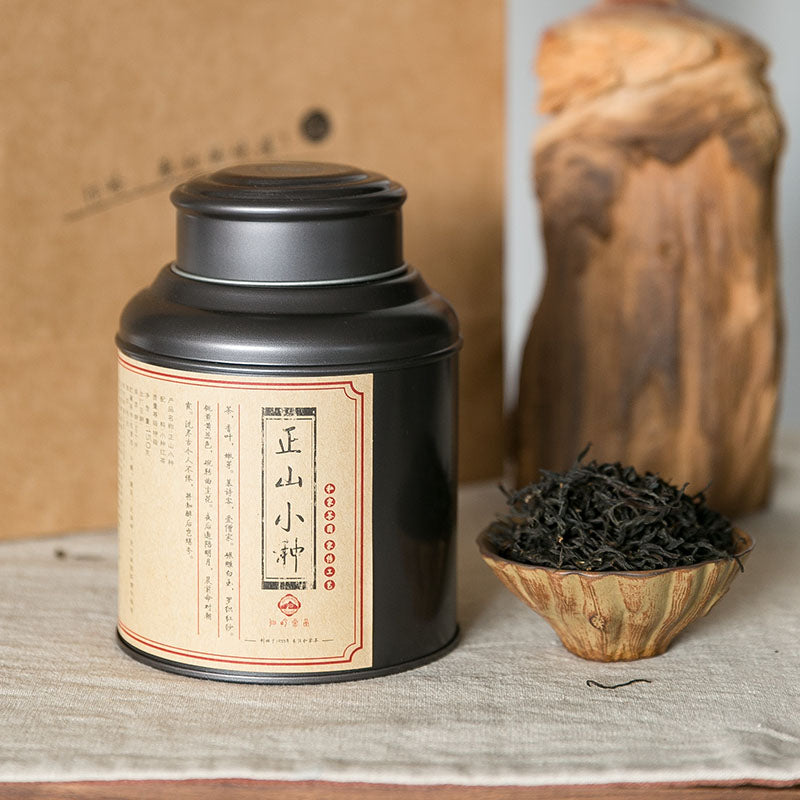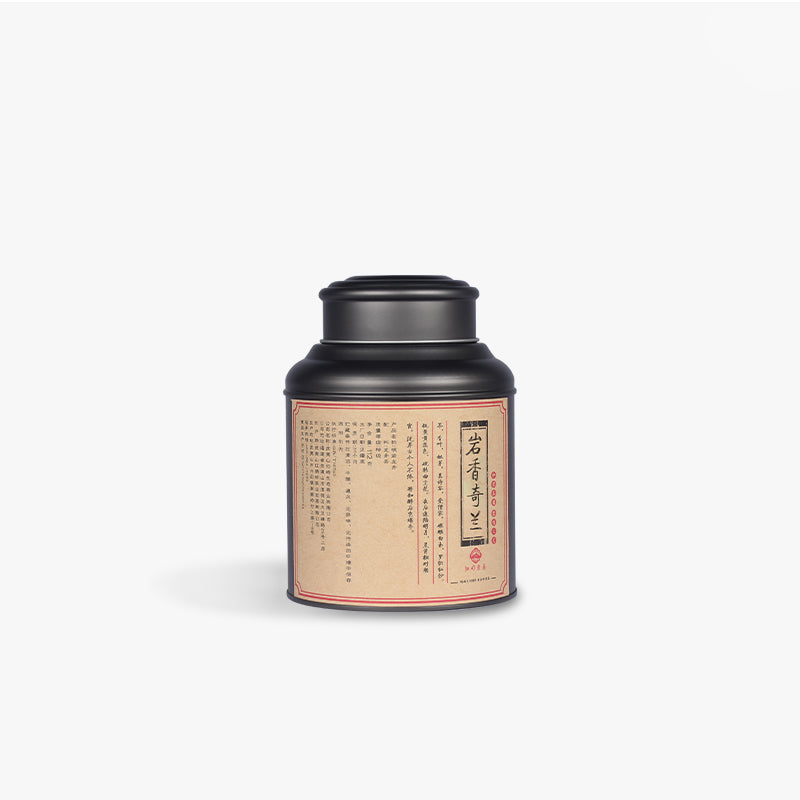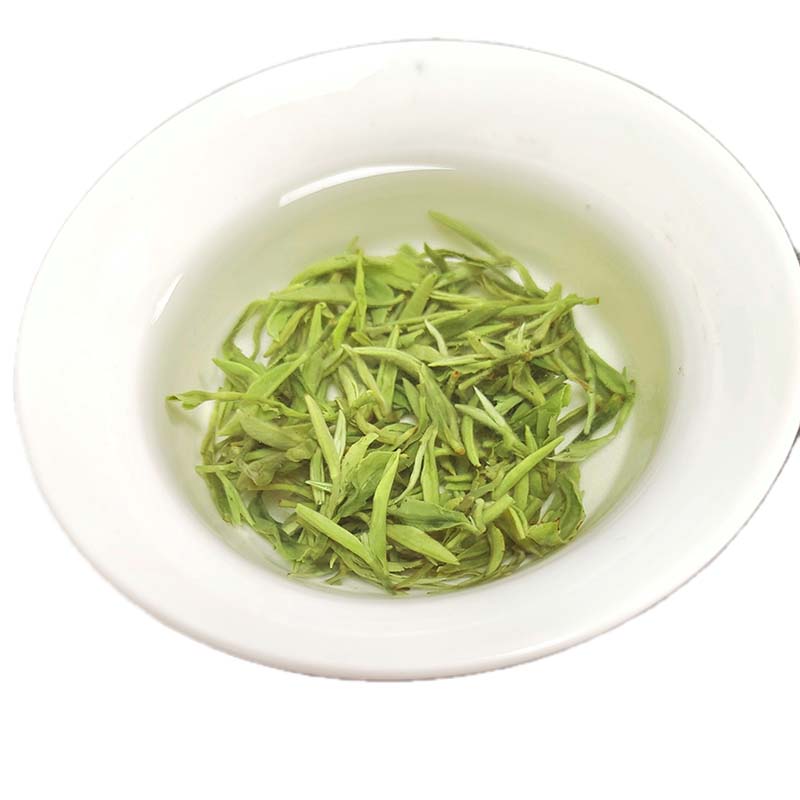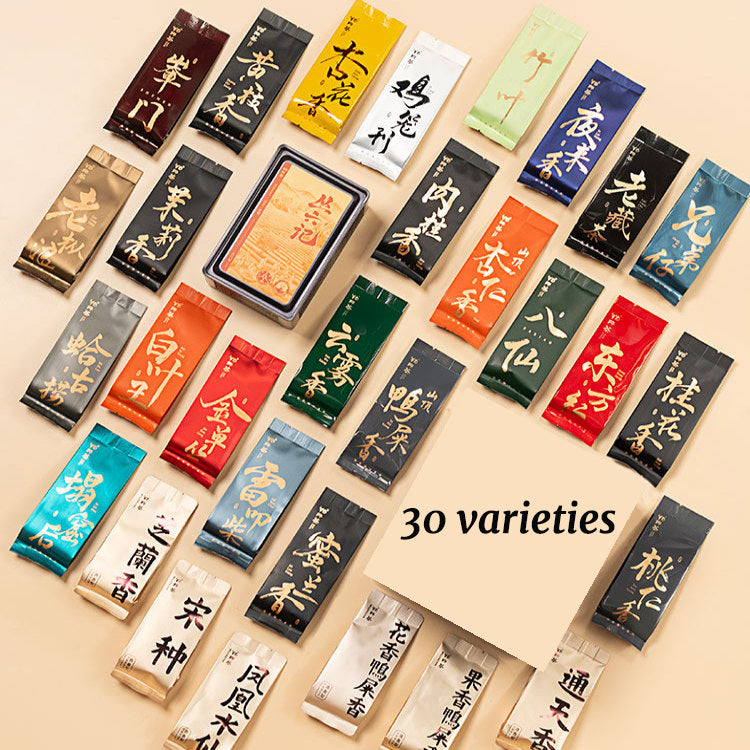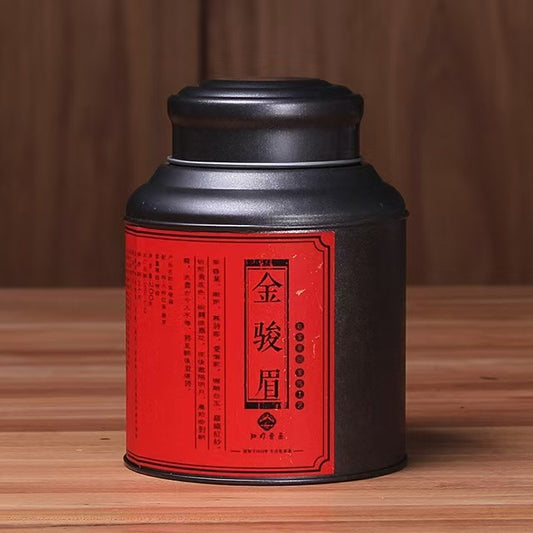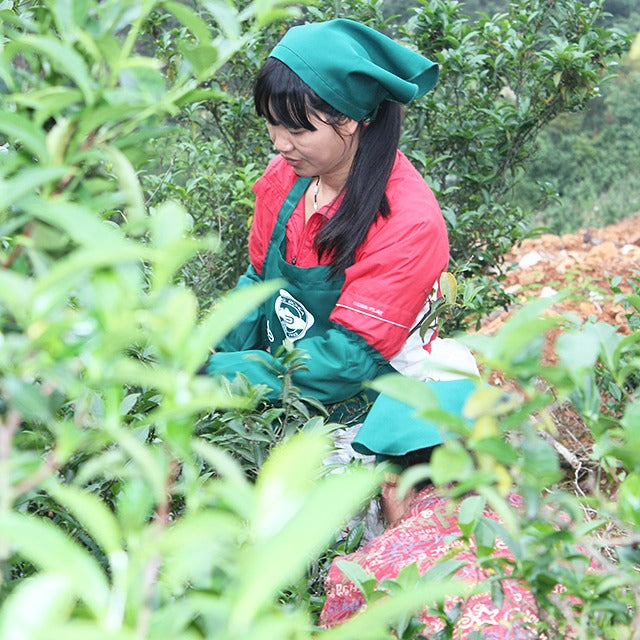Green Tea Cultivation in Australia A New Frontier for Tea Enthusiasts
Green Tea Cultivation in Australia A New Frontier for Tea Enthusiasts
In the world of tea, the familiar regions of China, Japan, and India often steal the limelight. Yet, beneath the Southern Hemisphere's sunlit skies, Australia is quietly nurturing a fascinating green tea culture. While this might surprise some, Australia's climate offers pockets of ideal conditions for cultivating green tea plants. For those in the United States and Europe, the idea of sourcing your green tea from Australia might seem unconventional, but let's explore why it might just be your next exciting tea venture.
Australia's relationship with tea is both young and ambitious. Unlike the ancient tea gardens of Asia, Australia ventured into tea cultivation relatively recently. This gives Australian green tea a unique narrative — one that balances innovation with tradition. The regions around northern New South Wales and Victoria have been discovered to have climates that favor Camellia sinensis, the tea plant. The cool, misty mornings and rich, well-draining soils mimic those of Japan's prestigious tea-growing locales.
One might wonder about the individual character of Australian green tea. Does it hold its own against the celebrated Longjing of China or the revered Sencha of Japan? In taste, Australian green tea often boasts a fresh, vibrant profile. There’s a natural sweetness and a slightly grassy note that can intrigue the palate. Imagine the lightest touch of the ocean breeze, which some aficionados suggest adds a distinct clarity to the tea. While it may not have the century-old legacy of its Asian counterparts, Australian green tea offers a refreshing perspective on tradition, inviting a broader spectrum of flavors and profiles.
For those considering cultivating their own green tea plants, Australia surprisingly opens up this possibility with growing enthusiasm. As more nurseries begin to supply Camellia sinensis seedlings, the dream of nurturing a personal tea garden becomes increasingly accessible. Imagine starting your day by picking your own tea leaves, fresh with morning dew. The art of processing them — from withering to rolling — can be both a meditative and rewarding experience, one that binds you closer to the essence of each cup. This hands-on journey from plant to teacup is not just about crafting a beverage; it’s about crafting a connection.
Perhaps you’re pondering how to best enjoy this homegrown delight. Like any fine green tea, the magic lies in the subtlety of its preparation. Gentle brewing is key: use water that's just off the boil, around 175°F (80°C), and steep for no more than two minutes. This method preserves the delicate flavors and aromas, offering a sip that feels like a gentle embrace. There's something simply satisfying about knowing one's tea has roots in a place as unique as Australia, yet still feels comforting and familiar.
It’s exciting to think about Australia's role in the broader tea narrative. There’s a sense of pioneering spirit, of crafting something new yet deeply rooted in ancient practice. For those of us who adore tea not just for its flavors but for its stories and the journey of its leaves, Australian green tea presents an invitation — a chance to explore and savor a taste of the future shaped respectfully by the past. And in every cup, there's a little bit of adventure waiting to be discovered.

